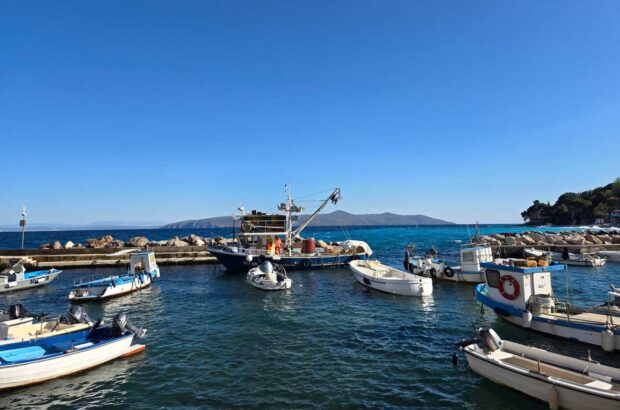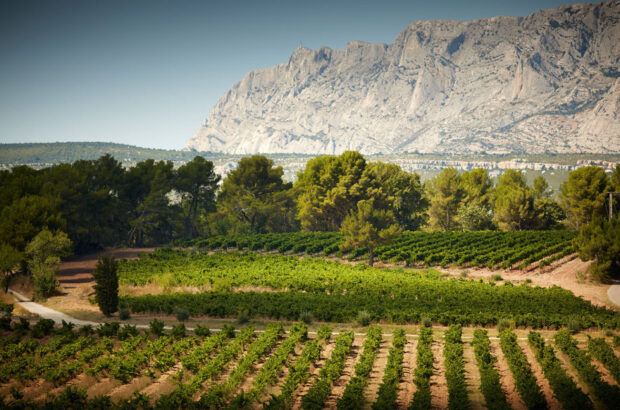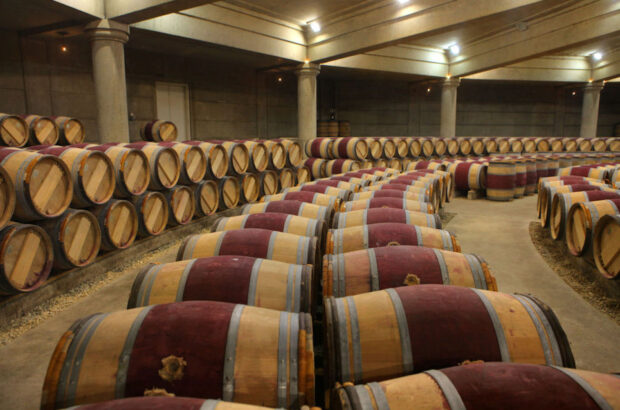Steven Spurrier assesses the Official Selection of the Crus Bourgeois du Medoc, the first listing since the abandonment of the 2003 Classification
The Official Selection of the Crus Bourgeois du Medoc comprises 243 chateaux all of whose wines have been awarded the ‘Reconnaissance’ of quality under a system set up this year by the Alliance des Crus Bourgeois du Medoc with the help of the Bureau Veritas, whose primary occupation is ‘the evaluation of standards of compliance’.
The selection is annual so the wines that can carry Cru Bourgeois on their label are the only wines in Bordeaux, perhaps in the world, which run the risk of relegation every year.
The members of the 1855 Classification of the Medoc may well be more prestigious, but it is a club from which a chateau cannot be removed. Perhaps these chateaux do not need an extra guarantee of quality via a blind tasting against a benchmark, but the Crus Bourgeois have decided to do this and the average quality was evident from the tasting held in London of 80 of the 243 wines from the 2008 vintage.
It is very important to state that these wines represent a very specific style, for they are made from a Cabernet Sauvignon/Merlot blend with sometimes a little Cabernet Franc and/or Petit Verdot, grown on gravelly soils in a temperate maritime climate.
If the consumer is looking for a ‘Bordeaux Blend’, these are benchmarks. Moreover, there is a certain homogeneity in price, with perhaps 80% falling into the £10-£15 range, which I feel is good value for someone looking for single chateau quality.
The 2008 vintage showed well, with most of the wines being in the 2011-16 time span with a longer future for the best. While most were ‘classic’ Medocs, there is an increasing hint of ‘modernity’ that revokes the idea that Bordeaux is old-fashioned. My notes showed mostly ‘15 = good’ and ‘16 = good +’, with very few lower and several higher marks.
Here are my favourites in each appellation:
Medoc
Fleur la Mothe; La Branne; La Cardonne; L’Argenteyre; Les Grands Chenes; Les Ormes Sorbet; Preuillac; Rollan de By; Tour Haut-Caussan (excellent).
Haut-Medoc.
Cambon La Pelouse, Clement-Pichon; d’Agassac; de Gironville; Doyac; du Taillan; Paloumey; Peyrat-Fourthon.
Listrac.
Fonreaud; Lestage.
Moulis;
Dutruch Grand Poujeaux; Malmaison.
Margaux.
Deyrem-Valentin; Grand Tayac (excellent); La Tour de Bessan; Tayac.
Pauillac.
Fonbadet;
Saint-Estephe.
Clauzet; La Haye; l’Argilus du Roi; Le Crock, Serilhan, Tour des Termes.
There were no Saint-Juliens in the tasting.
To sum up: it is my view that the strict yet positive rules imposed by the Alliance will be very effective and will re-affirm the identity of the Crus Bourgeois in their own right, which will benefit producers and consumers alike.
Written by Steven Spurrier







